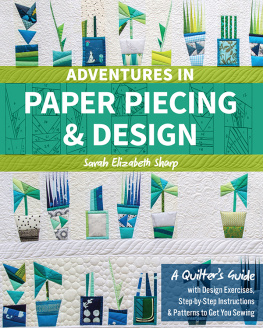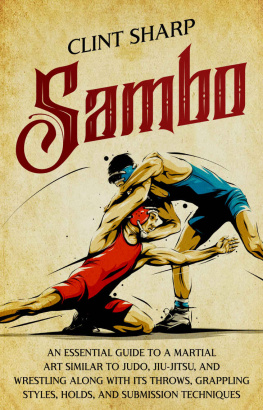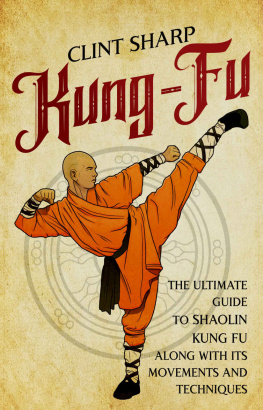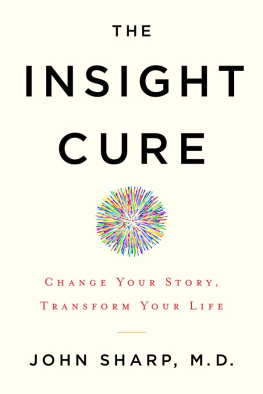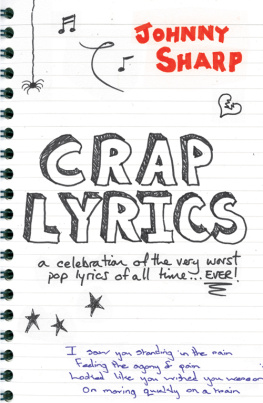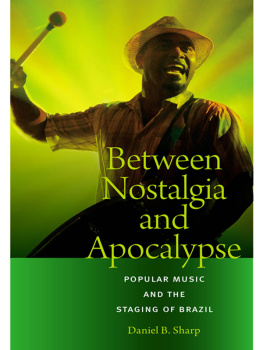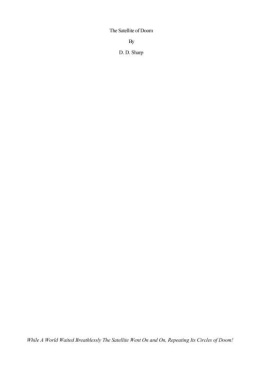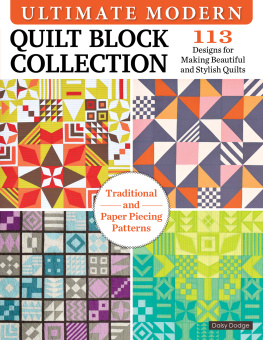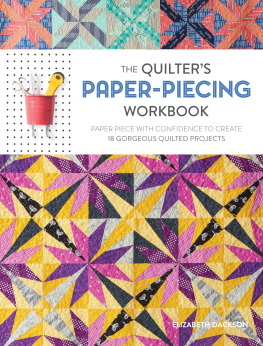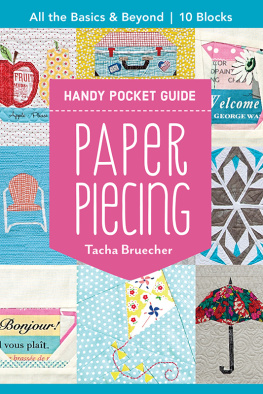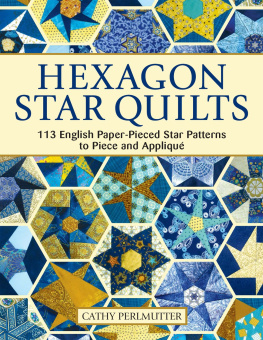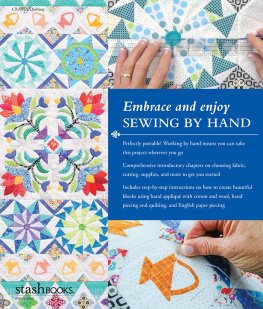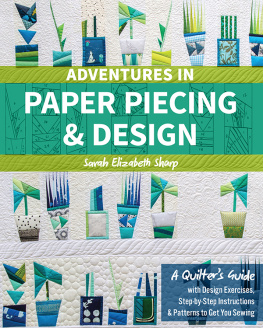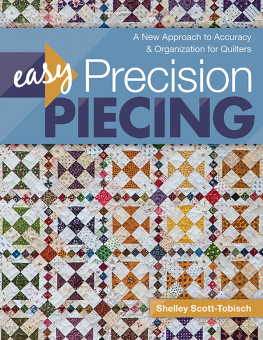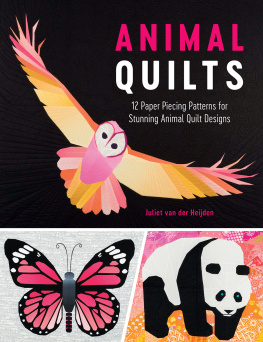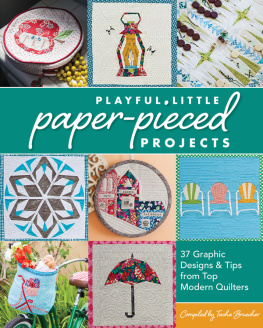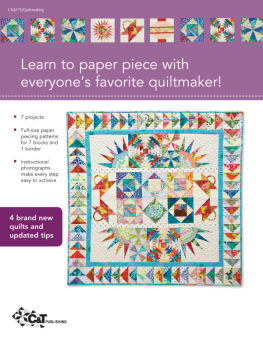PUBLISHER: Amy Marson
CREATIVE DIRECTOR: Gailen Runge
ACQUISITIONS EDITOR: Roxane Cerda
MANAGING EDITOR: Liz Aneloski
EDITOR: Christine Doyle
TECHNICAL EDITOR: Julie Waldman
COVER/BOOK DESIGNER: April Mostek
PRODUCTION COORDINATOR: Tim Manibusan
ILLUSTRATORS: Tim Manibusan and April Mostek
PRODUCTION EDITOR: Jennifer Warren
PHOTO ASSISTANT: Mai Yong Vang
Styling by Anna Marisa Martinez
Style photography by Lucy Glover and flat-shot photography by Mai Yong Vang of C&T Publishing, Inc., unless otherwise noted
Published by Stash Books, an imprint of C&T Publishing, Inc., P.O. Box 1456, Lafayette, CA 94549
DEDICATION
For my family:
To my husband, Sam, who always wanted me to write a book though Im quite certain this wasnt what you had in mind.
To my three joyful, fiery, and nonpareil daughters Jettie, Florence, and Nellyou are pure bliss.
To my siblings , for all the love.
And to my parents , for affording me the desire to fish (and for teaching me to quiltthanks, Mom).
ACKNOWLEDGMENTS
A very special thank-you to everyone who helped with Folksy Friends: Nicole Buckley, Nicole Calver, Amanda Castor, Ben Darby, Erin Davis, Allison Dutton, Joshua Helms (also known as Molli Sparkles), Anneliese Johnson, Amanda Kattner, Adrianne Reid, Alison Robins, Sarah Schraw, Nicole Shipley, Anne Sullivan, Angie Wilson, and Kristy and Shayla Wolf.
My sincere thanks to my fellow plant lady, Heather Givans. Thanks also to the wonderful longarm quilters who quilted tops for the bookRachael Dorr, Marion McClellan, Andrea Munro, Karlee Porter, Kathleen Riggins, and Angela Walterswithout you, Im just a piece-maker. I owe my gratitude to all the individuals and companies that contributed fabric and notions for the book: Alison Glass and Andover Fabrics, Inc.; my favorite local quilt shopCrimson Tate (and the CT crew!); Daylight Company; Me+You (and Aaron, too!); Oakshott Fabrics; Paper Pieces; Robert Kaufman Fabrics; Windham Fabrics; and Quilters Dream Batting.
Finally, thank you to my amazingly understanding team at C&T Publishing. You all rock.
INTRODUCTION
Spoiler alert: Im a total puzzle nerd. Not just the jigsaw kind, eitherIm talking about those mind-bending, mental-acrobaticstype exercises that leave you scratching your head but unable to think about anything else. Suffice it to say, when I first stumbled upon foundation paper piecing, the attraction was immediate. Mysterious markings on papers that magically fit together and transform fabric into super-graphic designs? Pretty much my dream come true. And the best part? All puzzles have solutions. You just have to understand the mechanics so you know how to stay on track (and what to do if and when you veer off course).
It just so happens Ive spent years making mistakes with this method. Thats where this book comes in: Adventures in Paper Piecing & Design is the culmination of all my trial, error, and takeaways since paper piecing my first block all those years ago. It provides the tools to thrive when confronted with just about any paper-piecing challenge, from straightforward sequences to the Mount Everest of designs. Along the way, youll build (or reinforce) a solid skill set, learn how to break down patterns, and ultimately create designs of your own.
Youll accomplish this in three parts:
I. A detailed overview of the foundation-paper-piecing (FPP) method (the building blocks, if you will)
II. An introduction to FPP design (that is, designing your own patterns)
III. Design exercise prompts, paired with my own narrated example, to help you master the process and get your creative juices flowing
One note about the inspiration for this book: As the saying goes, its literally everywhere. For both the prompts and my takes on them, I chose accessible subject matter (think traditional blocks, typography, and everyday items like houseplants and bugs) so that you could use this as a workbook of sorts and draw upon your own muses for any given exercise. To be sure, Ive poured so much of myself into this bookfrom the backstories to the collage boards to the narratives behind the blocks. Still, Ive tried to do it in a way that encourages you to explore your process rather than feeling confined to mine. To that end, consider this book a springboard for your own personal foundation-paper-piecing adventures.
And in that spirit here we go!

Part I
The Method
First things firstwhat is foundation paper piecing? How do you sew on paper? Do you need special tools?
In this first section, I walk you through the method Ive developed for all my paper-piecing escapades, covering everything you need to know to go from cryptic lines and numbers on paper to a finished fabric block.
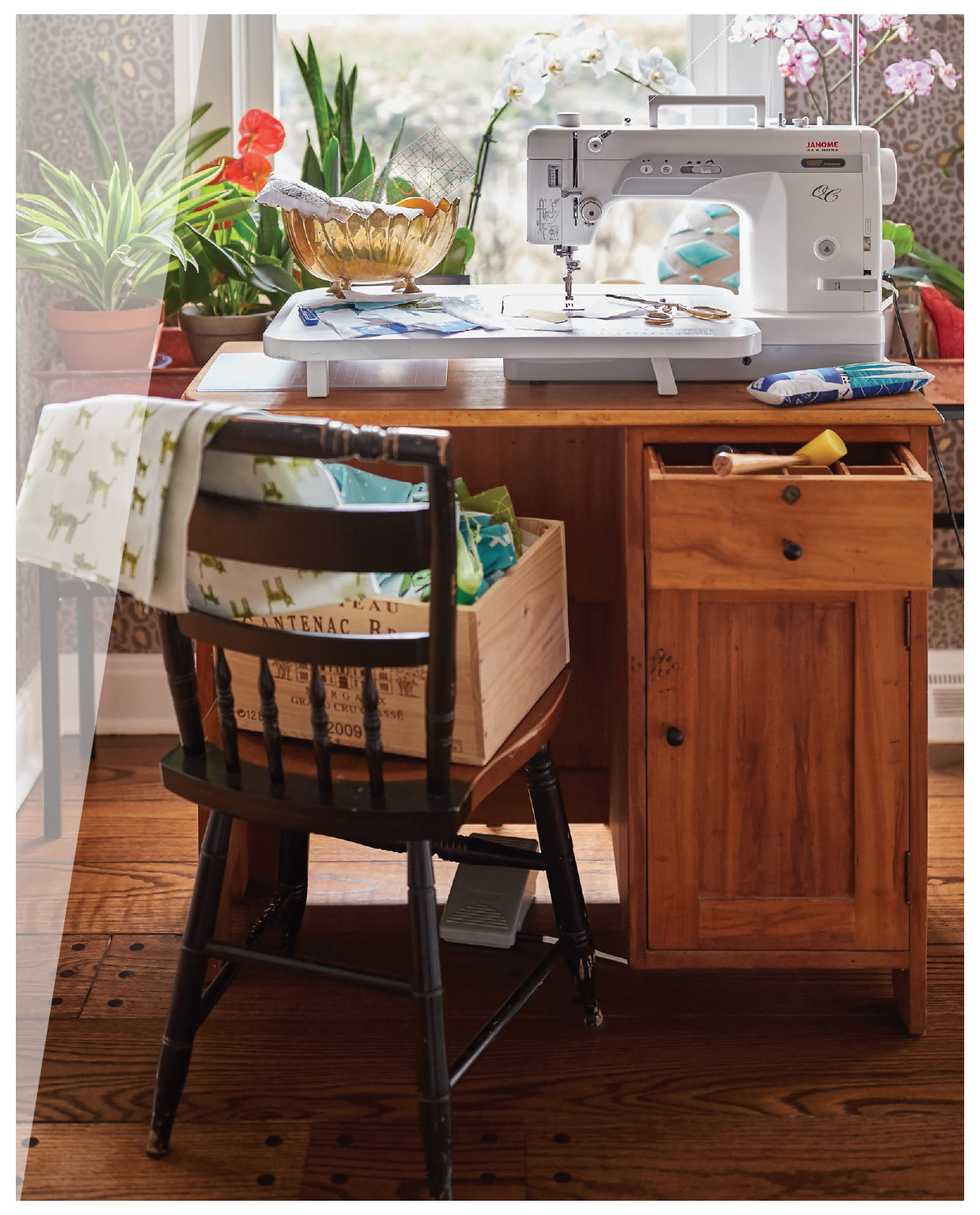
GETTING STARTED IN
Foundation Paper Piecing
What Is It?
Foundation paper piecing (FPP) is a technique that involves sewing on a foundationin this case, paper. The patterns operate as your guide. Straight lines indicate where to sew, and numbers indicate the order in which to sew.
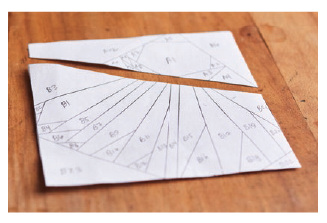
Sample foundation
That said, it can take a little time to get your bearings. Unlike traditional piecing, theres always a foundation (the paper) on top of the fabric when you position it on the stitch plate of your sewing machine. It can feel like sewing blind at first (which, admittedly, can be a little disorienting). But like most everything else, it just takes some getting used to!
But Why?
Paper-piecing patterns are crafted so that intricate designs can be stitched in a way that maintains their precision without requiring ber-exact sewing.
Though one could theoretically achieve the same results with a meticulous seam, perfect stitch lines, and unparalleled sewing prowess, foundations help the rest of us mortals look as though we, too, have superhuman sewing powers.
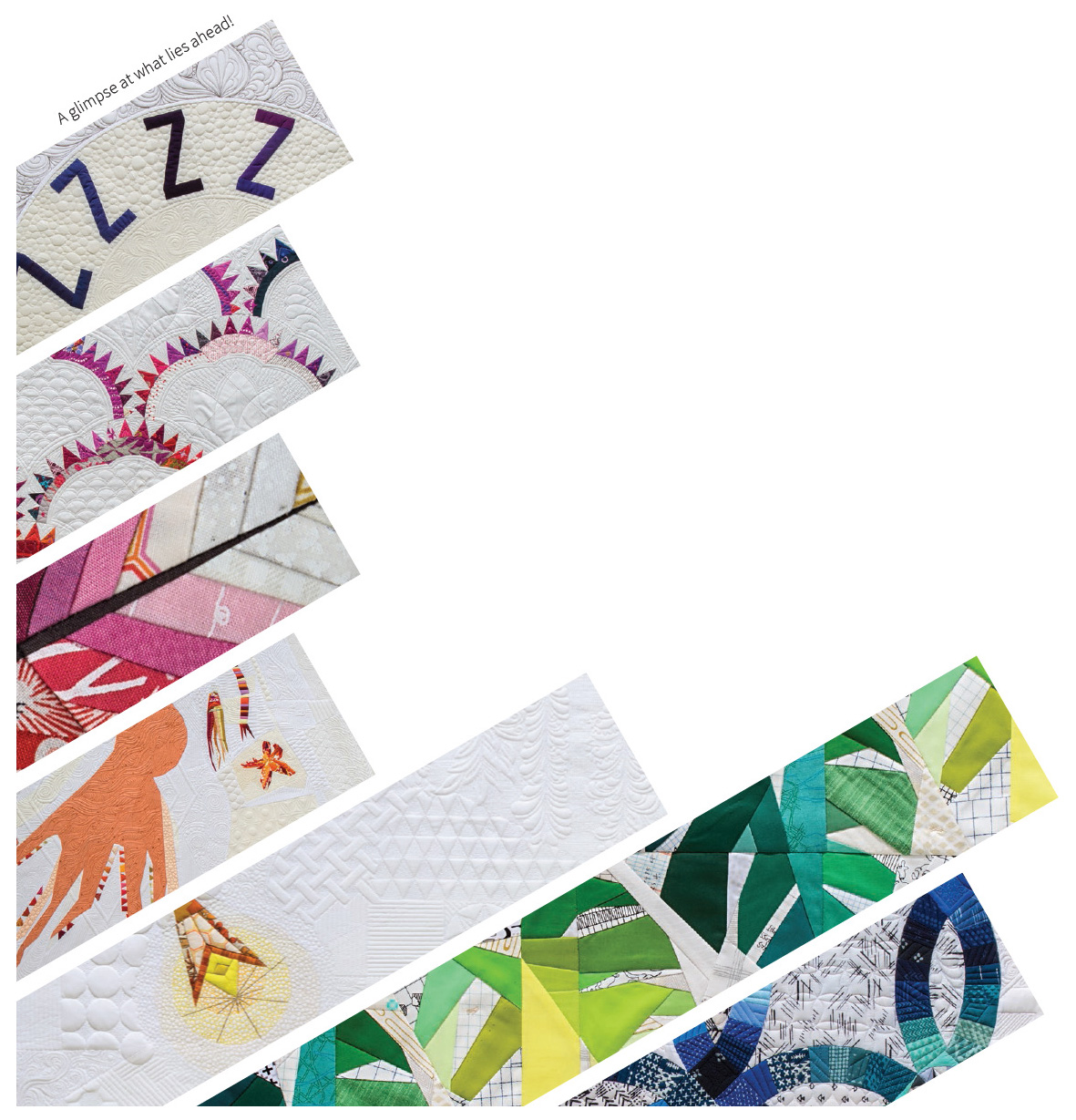

The Tools
Well drill down on the method in the next chapter, but first lets talk shop.
PAPER: Oh, the great paper debate! Some people feel very strongly about the types of paper theyll use for their foundations. I am not one of those people. Im pretty low-maintenance when it comes to paper choicethin printer/copy paper usually does the trick, is readily on hand at my house, and is easy on the wallet. Plus, lighter-weight paper (think filler paper or twenty-pound computer paper) facilitates fairly easy tearing yet is substantial enough to stand up to intricate designs.
Tip
HOW PAPER CHOICE AFFECTS STITCH LENGTH
Keep in mind that the thicker the paper, the shorter the stitch length should be. Ill talk about stitch length in a bit. But for now, just know that it takes more force to tear thick paper, so youll want the perforations from your stitch lines to be closer together than you would with a lighter-weight paper. If your stitches are too far apart, you may end up ripping your stitching along with the paper.
Next page
